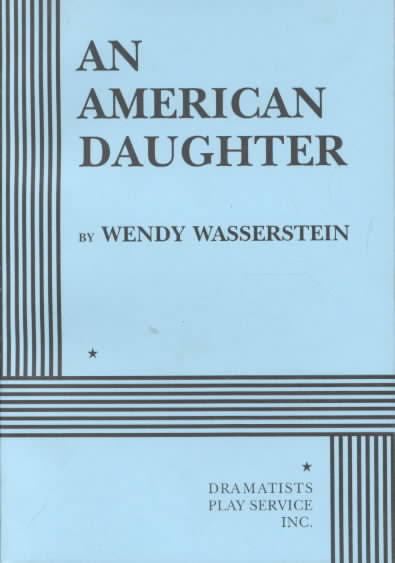7 /10 1 Votes7
Originally published 1998 | 3.5/5 Goodreads | |||||||||||||||||||||||||||||||||
 | ||||||||||||||||||||||||||||||||||
Similar Wendy Wasserstein plays, Other plays | ||||||||||||||||||||||||||||||||||
An american daughter lost interview
An American Daughter is a play written by Wendy Wasserstein. The play takes place in a living room in Georgetown, Washington, D.C.
Contents
- An american daughter lost interview
- Scenic set design for an american daughter
- Production history
- Plot
- Critical response
- Film adaptation
- References
Scenic set design for an american daughter
Production history
An American Daughter opened under the New Play Workshop Series at Seattle Repertory Theatre in June 1996. Directed by Daniel J. Sullivan (then-Artistic Director), the cast featured Meryl Streep, Julianne Moore, Penny Fuller, Adam Arkin, and Liev Schreiber.
The play premiered in a Lincoln Center Theater production on Broadway at the Cort Theatre on April 13, 1997 and closed on June 29, 1997 after 89 performances and 27 previews. Directed by Daniel J. Sullivan, the cast featured Kate Nelligan (as Lyssa Dent Hughes), Elizabeth Marvel, Lynne Thigpen (as Judith B. Kaufman), Penny Fuller, and Hal Holbrook. There were also recorded voices of several real-life "Television/Radio Personalities" such as Charlie Rose. Lynne Thigpen won the 1997 Tony Award, Best Featured Actress in a Play.
Plot
Dr. Lyssa Dent Hughes is nominated to be the Surgeon General of the United States and appears to be a certainty. She is the daughter of a senator. However, during an interview, she mentions that she had never been on a jury and, discussing her dead mother, describes her as "an ordinary Indiana housewife who made icebox cakes and pimento cheese canapés." Her nomination is now in doubt, with her friend, Judith B. Kaufman, an African American Jewish physician, lending support.
Critical response
New York Times critic Ben Brantley wrote: "Themes (big themes), relationships (deep and confusing ones), plot complications (of the melodramatic variety) are piled to the toppling point, most of them never satisfactorily defined. Neither Dan Sullivan's chipper, keep-it-moving direction nor Ms. Wasserstein's justly famed ear for dialogue and bone-deep sense of craft can conceal the feeling that she doesn't know entirely where she's heading or how to get there."
Film adaptation
The play was made as a TV film released in June 2000, starring Christine Lahti.
